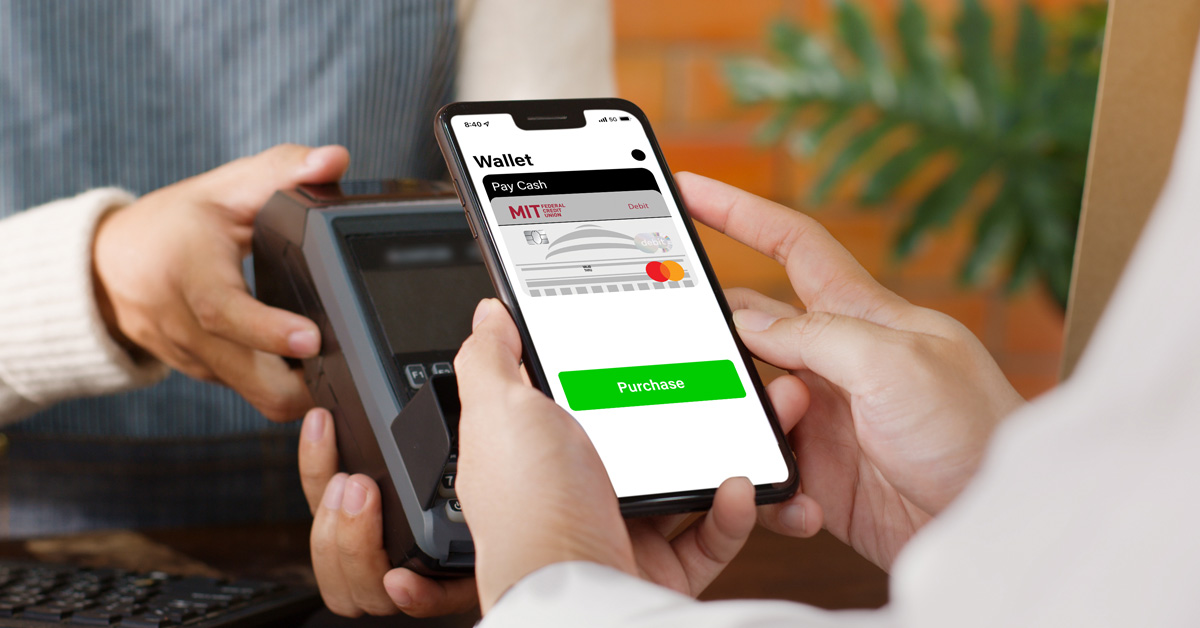Simple Steps to Boost Your Savings
Everyone knows how important it is to regularly put money into savings, but research shows that 25% of Americans have no emergency savings at all.
Don’t let this be you! If you’re ready to start saving, or want to boost your savings account, MIT Federal Credit Union can help. Here are seven simple steps that can get you on the fast track to building your savings today:
Step 1: Set a goal
It’s important to note that, when you actually start putting money into savings on a regular basis, it’s best to start with building an emergency fund that includes three to six months’ worth of living expenses before moving on to other saving goals.Outlining your more personal goals before you get started will help motivate you on your journey toward saving.
Step 2: Start tracking your expenses and income
At the end of the three-month period, review your expenses and income to see how much money you really require to live on each month.
Step 3: Trim your expenses
The money you trimmed from your expenses can be used for savings.
Step 4: Create a budget
With your newly trimmed expenses, you’re ready to create a monthly budget. Using your list of monthly expenses and income, designate an appropriate amount for each monthly expense. Be sure to include savings in your budget — as if it were actually an expense.
When working through this step, you can go the old-fashioned route and use pen and paper for a detailed budget, or use a budgeting app, like Mint or YNAB.
Step 5: Choose your savings tools
With your numbers all worked out, you can move on to choosing a place to park your savings.
It may be a good idea to choose a separate location for your long-term and short-term saving goals.
For long-term savings, look for a savings option that offers an attractive interest rate, like a share certificate at MIT Federal Credit Union or an IRA for retirement savings. Keep in mind that you may not be able to open a long-term savings account immediately if you don’t have the amount of funds required for your minimum initial deposit.
Short-term savings are better off in an account that allows for easy access and some monthly transactions if needed, like a checking account or money market account at MIT Federal Credit Union.
Step 6: Make it automatic
You’ve worked out your numbers, and if all goes well, your savings should start growing today.
Unfortunately, though, impulses can sometimes get in the way of our best intentions, holding us back from reaching our goals. Keep this from happening to your savings by making them automatic. Ask us about setting up an automatic transfer from your checking account to your savings account so you never forget to feed your savings again.
Step 7: Review and adjust as necessary
If you need help getting started, contact us by calling or stopping by MIT Federal Credit Union today. We can help you choose a savings account that best suits your needs.
« Return to "Blog"
Tags

Affordable Sustainability: Lower Your Carbon Footprint
Lead a sustainable lifestyle that’s easy on the wallet while leaving a healthier planet for future generations.

Why Choose a Certificate Instead of a Traditional Savings Account?
When it comes to saving money, most people think of a traditional savings account. However, they don’t always offer the best growth potential.

Life on a Budget - 5 Things That Can Make or Break It
Here's how you can reduce expenses and make budget improvements to help you achieve your short and long-term goals.





